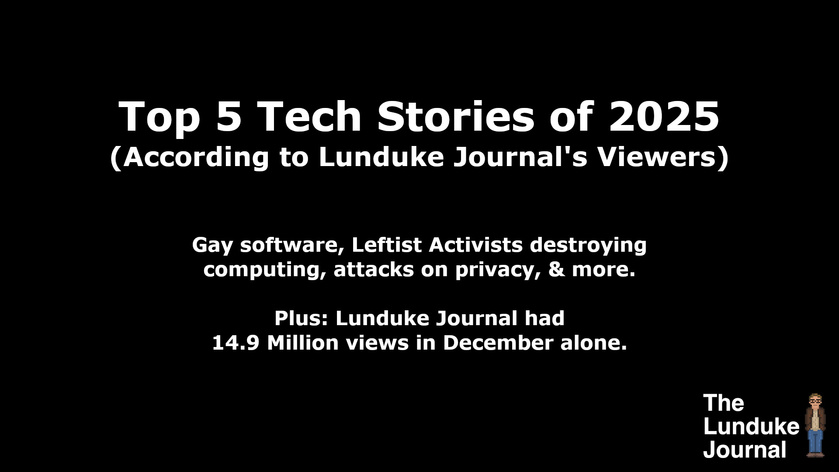Here's a seemingly simple question: Which Open Source projects and foundations bring in the most money? And, as a follow on to that... which bring in the least?
GNOME? KDE? Mozilla? Apache? The Free Software Foundation?
There are a lot of big names in the open source world... but how much money do the most recognizable names in Free and Open Source Software actually earn in yearly revenue?
I wanted to know. So I collected revenue details for 17 major open source foundations -- by digging through IRS filings, Annual Reports, and every other source of information I could get my hands on.
Then I stuck them in a spreadsheet and made some fancy-shmancy charts.
Some of the results were expected and obvious... others I found truly surprising. Honestly, some of the results are a gosh darned travesty.
It's charting time!
Let's start by putting all of the open source foundations into a single chart, and sort them... in order.
Note: Some of these organizations had not yet published their fiscal numbers for 2022... thus I used 2021 numbers across the board.
 Wow.
Wow.
The immense revenues of Mozilla ($600 Million), The Linux Foundation ($177 Million), and Wikimedia Foundation ($162 Million) really skews the chart.
But that was to be expected. We all knew that those three organizations brought in mega-bucks.
So let's get rid of those three completely and re-do the chart.
 There we go. That's actually somewhat readable now.
There we go. That's actually somewhat readable now.
But... holy smokes. I had no idea the Eclipse Foundation was that big. Bigger than some of the biggest names in open source.
Let's go ahead and get rid of the Eclipse Foundation as well. Really zero in on the projects that are big, big names in the world of Linux, BSD, and open source.
Note: I broke out Thunderbird (the email client) from Mozilla, even though it is technically part of Mozilla. The Thunderbird project reports their revenue indipendently, so I thought it would be interesting to compary the donation revenue from a single application with some of the other foundations.
 I find this chart absolutely wild.
I find this chart absolutely wild.
Here are just a handful of observations based on the data above:
- KDE and GNOME are among the major open source foundations with the smallest revenue. Each barely earning enough to pay for a few full time employees.
- The Software Freedom Conservancy (aka "SFC") brings in more revenue than The Free Software Foundation, Apache, and FreeBSD combined. I knew that the SFC had been active in multiple legal matters, and aided several projects... but I had no idea that it was, in all reality, the largest foundation focused on supporting Free Software.
- On that same topic... that also means that the Free Software Foundation is not the largest foundation focused on supporting and advocating for Free Software. Huh! Who knew?
- The Open Source Initiative is bringing in close to half a million per year? One has to ask... why? What do they do that's worth almost as much as GNOME and KDE combined?
- The Rust Foundation sure does bring in a lot of money. Considering their recent objection to people using the word "Rust"... this raises a lot of questions about what their plans are and what they are using those dollars for.
- Thunderbird brings in more revenue than Blender? Wild! I was not expecting that.
- On that note... I see significant new features and updates happening with Blender regularly. But not so much with Thunderbird. Clearly Blender is better at using those funds for development than Thunderbird.
- As a follow-on to that thought... Thunderbird Revenue jumped to over $6 million last year, in 2022 (the data for this chart is from 2021). Do we really see $6 Million in improvements to Thunderbird every year?
- Not to harp on Thunderbird... but more money goes to the Thunderbird Email Client than... GNOME, KDE, OpenBSD, and FreeBSD... combined. And that's before that 2022 revenue jump.
- FreeBSD brings in more than twice what OpenBSD does.
Overall, one thing that strikes me is how astoundingly little some pretty critical projects and foundations bring in. Considering the prevalence of the GNOME desktop -- and usage by Red Hat, Canonical, SUSE, and so many others -- I would think it would be better funded than that.
While this data does not represent every project or foundation in the open source world... it is a solid cross sample. And I found the results, at least in some cases, a bit... weird.















